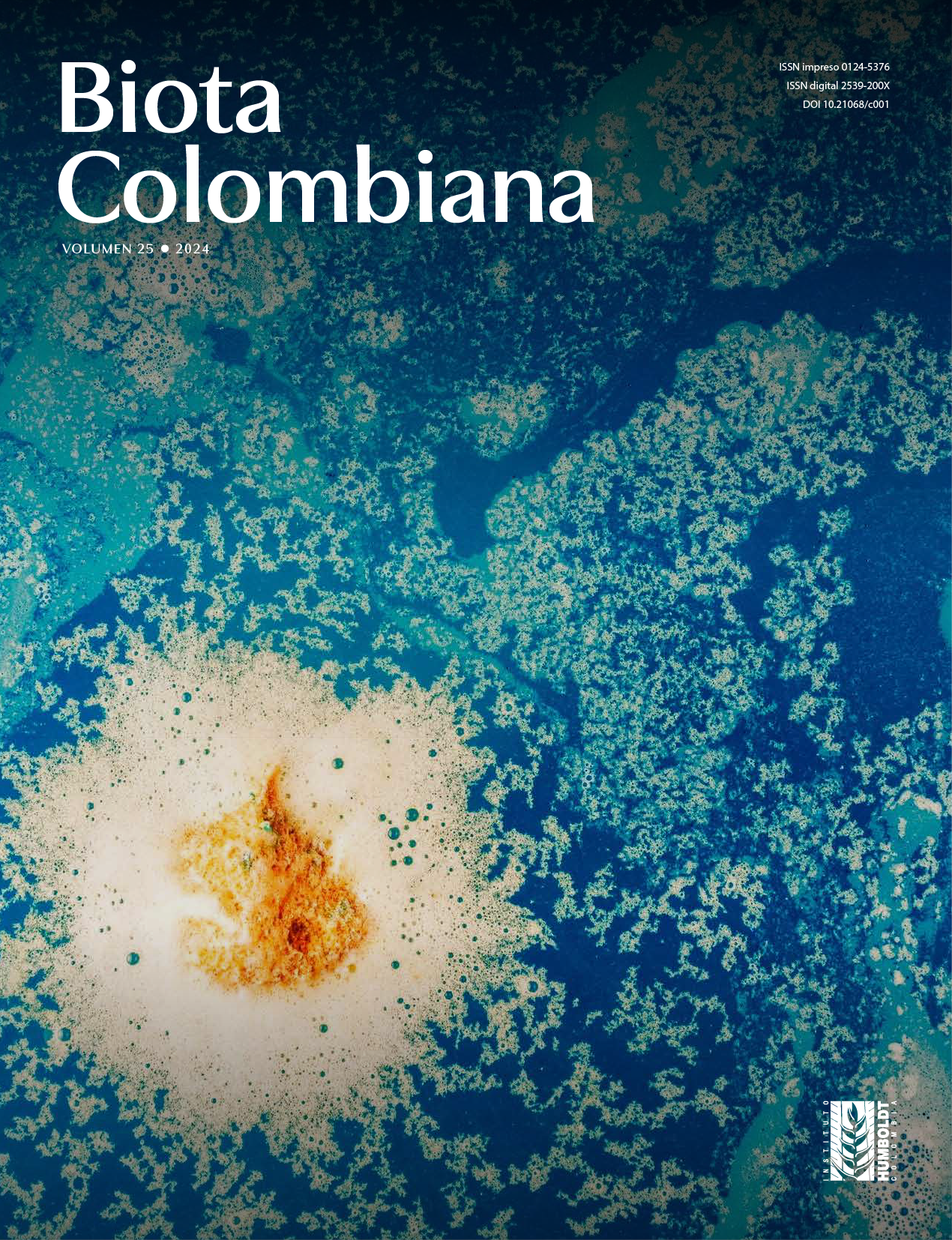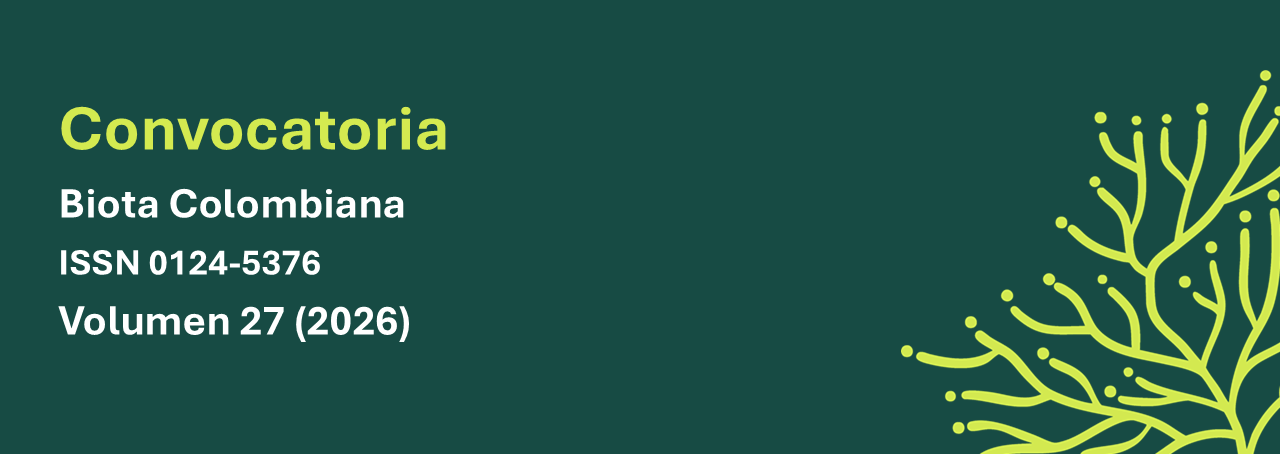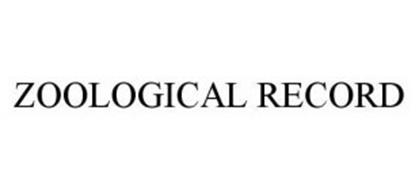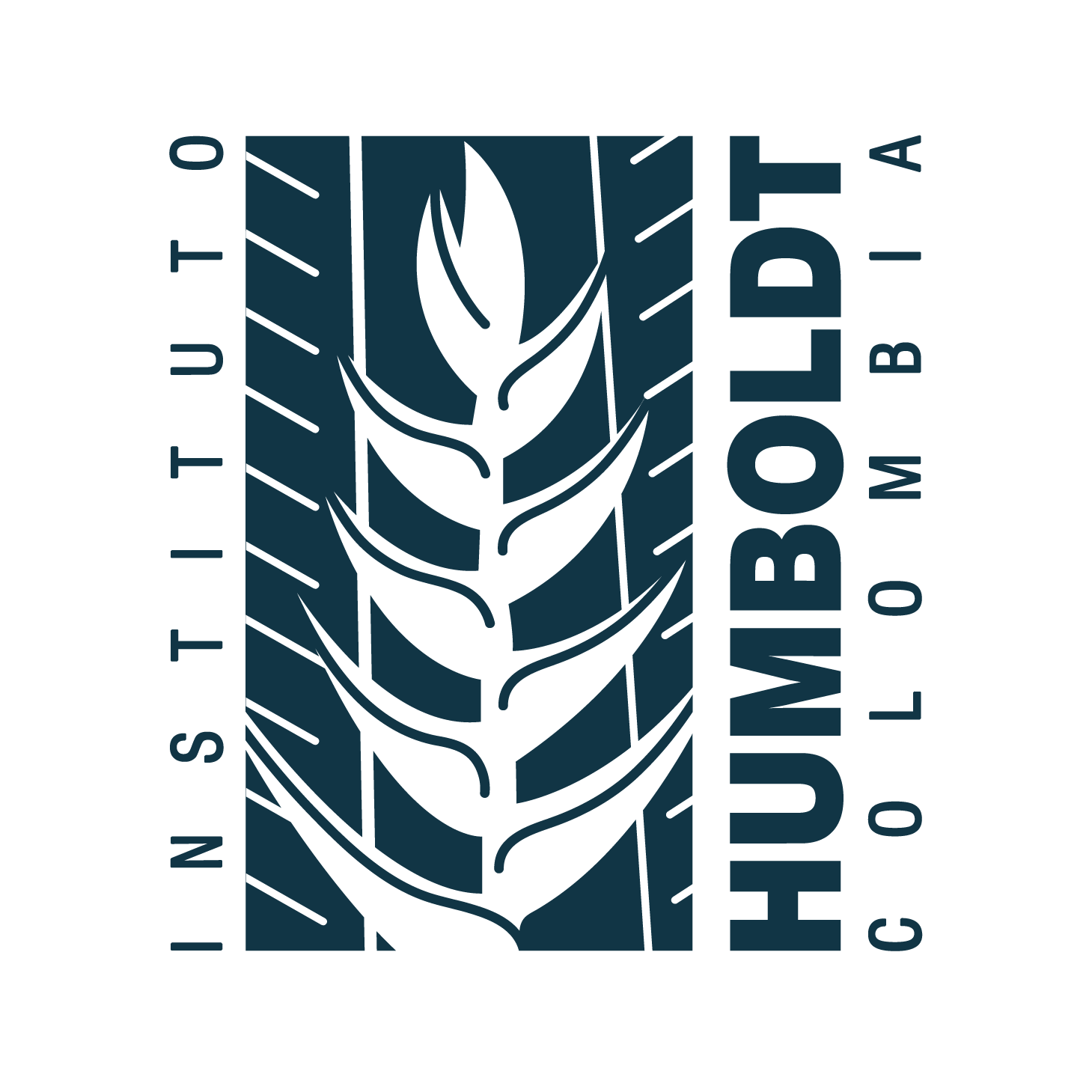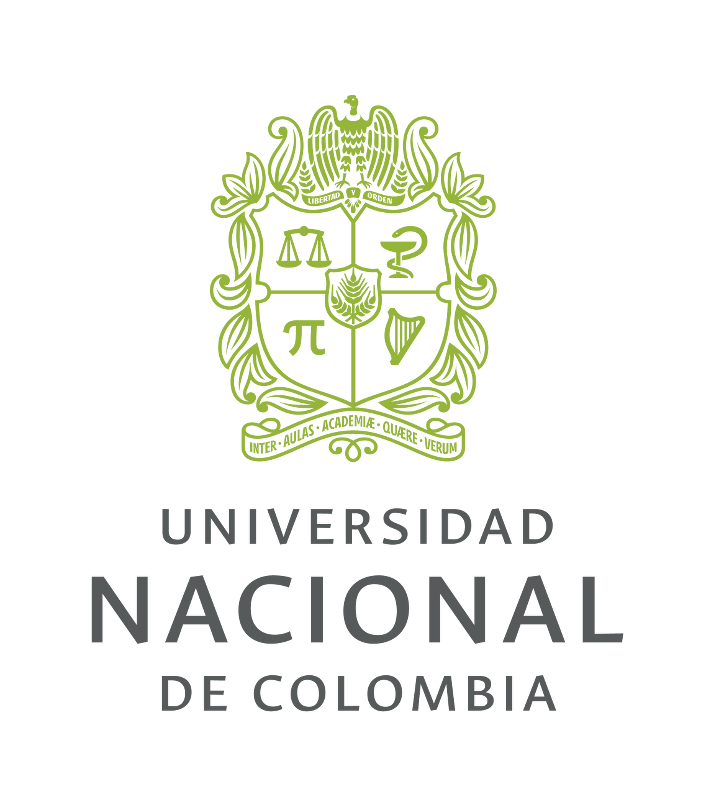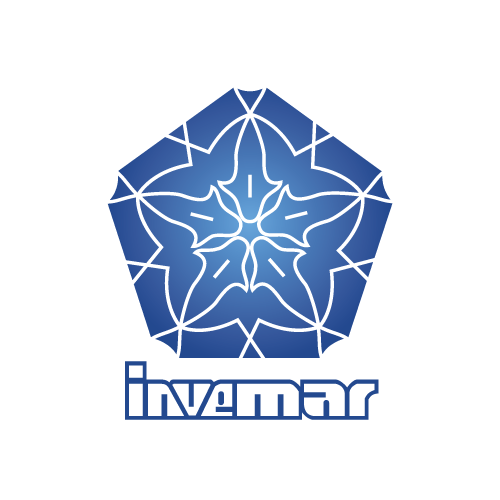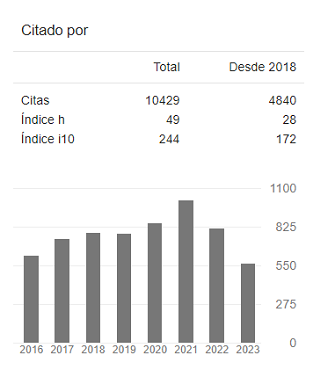Recibido: 3 de abril de 2023; Aceptado: 31 de octubre de 2023; : 30 de enero de 2024
Abstract
Anthribidae is a small family of beetles known as fungus weevils, for which the state of knowledge for Colombian species has never been synthesized. Anthribids are scarce in Colombian biological collections and are usually only identified at the family level. We updated the list of species of fungus weevils recorded from Colombia. There are 37 species of anthribids recorded for the country, placed into 14 genera, 10 tribes, and 2 subfamilies. Three additional genera have been observed in the country based on records from the online platform iNaturalist. Verification of these records and species-level identifications require the revision of national biological collections. We discuss the biodiversity of Colombian fungus weevils compared to neighboring countries and provide a key to identify the genera present in Colombia. The species Domoptolis championi Jordan, 1906 is recorded for Colombia for the first time.
Keywords:
Fungus weevils, biodiversity, Neotropical region, checklist, distribution.Resumen
Anthribidae es una familia pequeña de coleópteros conocidos como gorgojos de los hongos, cuyo conocimiento en Colombia nunca ha sido sintetizado. En las colecciones biológicas colombianas los antríbidos son escasos y por lo general solo están identificados a nivel de familia. Actualizamos el listado de especies de gorgojos de los hongos registrados en Colombia. Existen 37 especies de antríbidos registrados para el país, agrupadas en 14 géneros, 10 tribus y 2 subfamilias. Tres géneros adicionales han sido observados en el país a partir de registros disponibles en la plataforma iNaturalist. La verificación de estos registros requiere la revisión de colecciones biológicas nacionales. Discutimos la biodiversidad de gorgojos de los hongos colombianos comparada con países vecinos y proveemos una clave para identificar los géneros presentes en Colombia. La especie Domoptolis championi Jordan, 1906 se registra para Colombia por primera vez.
Palabras clave:
gorgojos de los hongos, biodiversidad, región neotropical, listado de especies, distribución.Introduction
The family Anthribidae Billberg (Insecta: Coleoptera: Curculionoidea) is a cosmopolitan group of beetles with nearly 4000 described species, a large proportion of which are distributed in the worlds’ tropics (Rheinheimer, 2004). It includes species easily recognized by the presence of a broad, dorso-ventrally flattened rostrum (short or long, Figs. 2, 3), a separate labrum, clubbed non-geniculate antennae, ventrites 1-5 connate, and exposed pygidium (Mermudes & Leschen, 2014; Valentine, 2002). The body size and shape are highly variable, ranging from less than 2 mm long, globular, mite-like species, to 2 cm species with oval or elongate bodies (Fig. 1). Males in some species have very elongate antennae that resemble those in longhorn beetles in the family Cerambycidae. Some smaller species with a short rostrum may appear similar to leaf beetles in the family Chrysomelidae. Most species have a vestiture composed of scales and setae, but some are mostly glabrous and shiny (Mermudes & Leschen, 2014; Valentine, 2002).
Commonly known as fungus weevils, anthribids are often associated with fungus on decaying vegetation or wood (Valentine, 2002). The genus Euparius Schoenherr is associated with Polyporales, while the genera Strabus Jekel and Piesocorynus Dejean can be found on Xylariales (Valentine, 1998). Other groups feed on pollen, seeds, and rarely on scale insects (Valentine, 2002; Mermudes & Leschen, 2014). The biology of many species (larvae and adults) remains unknown.
There are two subfamilies present in the Neotropics that can be differentiated by the position of the antennal insertions on the rostrum: lateral or ventral in Anthribinae (Fig. 2), or dorsal (near the eyes) in Choraginae (Fig. 3) (Jordan, 1906; Holloway, 1982; Valentine, 2002; Orellana & Barrios, 2021). The tribal classification within each subfamily requires revision (Oberprieler et al., 2007).
Anthribids have been poorly studied in the Neotropics, and few updated checklists and catalogs are available for this region (e.g., Mermudes, 2009 Mermudes, 2022; Orellana & Barrios, 2021; Orellana & Franz, 2023). At least 386 species of anthribids are recorded in South America (Rheinheimer, 2004), but only 35 native species have been formally recorded in Colombia, according to sporadic records published in primary literature (Jordan, 1904; Wolfrum, 1959), generic revisions (Mermudes, 2005; Mermudes & Napp, 2006; Mermudes & Rodrigues, 2010), and taxonomic catalogs (Bovie, 1906; Blackwelder, 1947; Rheinheimer, 2004). For each species of Anthribidae recorded from Colombia, Girón (2022) compiled available information on known localities, relevant references, among other information, in a Darwin Core-formatted checklist dataset, available via the Sistema de Información sobre Biodiversidad de Colombia (SiB Colombia) and the Global Biodiversity Information Facility (GBIF). In general, in Colombian collections, specimens belonging to the family Anthribidae are relatively scarce and only identified to the family level (J. Cardona-Duque; Colecciones Biológicas de la Universidad CES; F. Serna ;Universidad Nacional de Colombia; E. V. Vergara Navarro; Colección Taxonómica Nacional de Insectos; M. F. Bermúdez-Higinio; Laboratorio de Entomología, Universidad de la Amazonia; I. T. Morales Castaño; Colección entomológica del Museo de Historia Natural “Luis Gonzalo Andrade” de la UPTC; all personal communications). Furthermore, Colombian material in international collections is quite rare (K. S. Orellana, personal observation).
We present an updated and extended version of the checklist, with additional information about the group, a discussion about the state of knowledge on Neotropical anthribids, a taxonomic key to genera present in Colombia, and habitus images of selected taxa to facilitate further research on anthribid diversity in the region. In addition, we record the species Domoptolis championiJordan, 1906 for Colombia for the first time.
Figures 1-3: Habitus of Anthribidae subfamilies recorded in Colombia
Materials and methods
A list of species of Anthribidae recorded from Colombia, with distributions within the country, based on literature records was published by Girón (2022) as a DarwinCore-formatted file, based on the checklist provided by Rheinheimer (2004), with updates to the classification by Alonso-Zarazaga & Lyal (2002). We summarized species-level distributional information and references in Table 1. To supplement this checklist and quickly assess recent records of anthribids, we reviewed observations available on iNaturalist (https://www.inaturalist.org) filtering Colombia from the project Neotropical Anthribidae, managed by author K. S. Orellana (https://www.inaturalist.org/projects/neotropical-anthribidae). A small subset of Research Grade observations is available on GBIF (GBIF, 2023a). Images of additional specimens from Colombia were sent by collection workers in Colombia for identification to author K. S. Orellana. Data for these can be found in Table 2.
For the most part, Colombian specimens were not available during this study, therefore, authoritatively identified digitized specimens from different countries were used to illustrate selected species present in Colombia. All specimens illustrated here are deposited at the Arizona State University Collections (i.e., Charles W. O’Brien Collection; Arizona State University Biocollections (2022a), Hasbrouck Insect Collection; Arizona State University Biocollections (2022b) and were imaged with a Visionary Digital Passport II and a Canon EOS 5D Mark II camera. Photographs were stacked using the Zerene Stacker software, version 1.04, and edited in Adobe Photoshop 21.1.1. (AdobeSystems, Inc., San Jose, CA). Imaged specimens were digitized on the Ecdysis Symbiota Portal (Gries et al., 2014), and published to the Global Biodiversity Information Facility (GBIF, 2023b, Table 3). All images and records are available under a CCO 1.0 license. An interactive version of the checklist, including additional images, can be found on the Ecdysis Symbiota Portal (https://serv.biokic.asu.edu/ecdysis/checklists/checklist.php?clid=12165) (Orellana & Girón, 2022).
Results and discussion
According to this review, there are 37 species of anthribids recorded from Colombia, grouped in 14 genera, 10 tribes, and 2 subfamilies. The tribe Ptychoderini is the most diverse in Colombia, represented largely by the genus Ptychoderes (revised by Mermudes & Napp, 2006) with 8 species, followed by Hypselotropis (see Mermudes, 2005; Mermudes & Rodrigues, 2010; with updated key to species) with 6 species (Table 1). Eight species within this tribe are considered endemic to the country. The monotypic genus Aurigeripilus Mermudes (Mermudes, 2015) is considered a Colombian endemic. The sole native representative of the subfamily Choraginae is Aurigeripilus andinus Mermudes (Mermudes, 2015). The choragine Araecerus fasciculatus DeGeer is an introduced species, and currently considered the most widespread anthribid species in Colombia. In addition, we verified observations on iNaturalist of the genera Eugonus Schoenherr (Basitropini; observation 104194325), Nemotrichus Labram & Imhoff (Corrhecerini; observation 22884169), and Toxonotus Lacordaire (Platystomini; observation 24795081). However, specimens are still needed to confirm these new records for the country at the species level.
The species Domoptolis championiJordan, 1906 is recorded from Colombia for the first time, based on a specimen deposited at the entomological collection of the Instituto de Investigación de Recursos Biológicos Alexander von Humboldt (IAvH-E) (Catalog number IavH-E-244525).
Anthribids have been recorded only from 18 Colombian departments (Fig. 4): Amazonas (1 species), Antioquia (6 species), Atlántico (1 species), Bolívar (6 species), Boyacá (1 species), Cauca (1 species), Cesar (1 species), Chocó (2 species), Córdoba (1 species), Cundinamarca (4 species), Huila (1 species), Magdalena (4 species), Putumayo (3 species), Santander (4 species), Sucre (2 species), Valle del Cauca (9 species), Vaupés (1 species), and Vichada (1 species). Therefore, most records are known from the Pacific and Caribbean regions of the country, followed by the Andean, Amazonas, and Orinoco, with one record from the Insular region (Gorgona Island). There are no known specific locality records for 15 of the species recorded from Colombia.
Figure 4: Number of species of Anthribidae recorded in Colombia (by Department).
Compared with neighboring countries, the recorded diversity of this family in Colombia is very low. There are 134 species recorded from Panama (Orellana & Barrios, 2021) and 293 from Brazil (Mermudes, 2022). Nevertheless, the known diversity of anthribids in Colombia only reflects the lack of studies focused on this group and is not an indicator of the actual presence of the group in the country. Observations (i.e., iNaturalist) of three genera and two tribes not previously recorded in the literature give an idea of the numbers of potential new records for the country. However, the revision of specimens and designation of vouchers is necessary to continue with the documentation of this group in Colombia. The number of species will certainly increase once collections-based research and field work focused on Anthribidae are initiated. As an example, 44 new country records were published for Panama, using material from local collections, as recently as 2021 (Orellana & Barrios, 2021). Even though anthribid material in Colombian collections is generally scarce, regional projects have amassed relatively large numbers of specimens in underexplored regions of the country. For instance, the entomological collection of the Laboratorio de Entomología at Universidad de la Amazonia in Florencia, Caquetá, holds more than 250 specimens (M. F. Bermúdez-Higinio, personal communication), potentially constituting the largest anthribid collection in the country.
Due to the lack of taxonomic resources for most Neotropical anthribid groups, identified specimens are generally rare in natural history collections. Extensive taxonomic work, including revisions for most genera, are necessary to confidently identify available material. Consequently, digitized records are also scarce and often shared only at the family level. A search of Anthribidae+Colombia+Preserved Specimens in GBIF (GBIF, 2022) resulted in 44 records, from which only one specimen (the holotype of Tribotropis colombianus = Hypselotropis colombiana Mermudes, IAvH:IAvH-E-126093, deposited in the Colección de Entomología at the Instituto de Investigación de Recursos Biológicos Alexander von Humboldt, IAVH, in Colombia) is identified to the species level. Several specimens are identified as Blaberus Schoenherr, which is not a valid name for Anthribidae (now Noxius Jordan, from Madagascar). The name intended for those specimens might be Blaberus Serville (Blattodea). None of the online records have associated images of the specimens to confirm identifications.
In the field, large sampling efforts are usually required to obtain a few anthribid specimens, which are usually collected by manual capture. Long-term Malaise traps and canopy light traps are useful to collect species of Anthribinae (Wolda et al., 1998; Orellana & Barrios, 2021). Sifting and processing leaf litter is practical to obtain species of the usually minute Choraginae (Orellana & Franz, 2023). Beating decaying vegetation is also known to be an effective collecting method (Valentine, 2002; Trýzna et al., 2021).
Colombian material is scarce in foreign collections, and local biological collections must be revised to study specimens and advance the knowledge on Anthribidae. Thus, resources like this paper are important to increase the availability of taxonomic tools for researchers in the country. It is also recommended to facilitate the accessibility to preserved material (including images) by digital means (e.g., Ecdysis Portal or GBIF), to better document the local groups and assist future identifications. A recent effort to compile information and images on the Anthribidae of the World is available online at https://anthribidae.github.io/species (Orellana, 2023).
Key to the genera of Anthribidae of Colombia
The following key is based on previous keys for the region (Orellana & Barrios, 2021; Mermudes, 2005, Mermudes & Napp, 2006; Jordan, 1906), and includes groups observed (i.e., iNaturalist records) or potentially distributed in the country. Many of the genera recorded in Panama (Orellana & Barrios, 2021) are most likely present in Colombia, and the key will become outdated as groups are added. Keys to species and descriptions can be found in Jordan (1894, 1895, 1897, 1906, 1937), Wolfrum (1959), Valentine (1980), Mermudes (2005), Mermudes & Napp (2006), and Mermudes & Rodrigues (2010). For more illustrations of the genera included in the key, see Orellana & Barrios (2021), and the interactive version of the checklist is available at https://ecdysis.org/checklists/checklist.php?clid=12165 (Orellana & Girón, 2022). Additional images can be found on the Arizona State University Collections (i.e., ASUCOB, ASUHIC) online profiles (https://serv.biokic.asu.edu/ecdysis/index.php), GBIF (Arizona State University Biocollections 2022a, 2022b), and Anthribidae of the World Online (https://anthribidae.github.io/species) (Orellana, 2023).
1. Antennal insertion dorsal, exposed, close to the antero-medial region of the eyes (Fig. 3); antennal scape bent and asymmetrical; size of many species less than 2 mm (Subfamily Choraginae)……………………………………………..……. 2
1’. Antennal insertion lateral, near or far from the eyes, covered by the lateral surfaces of the rostrum (Fig. 2), or if dorsal in appearance, exposed and far from the antero-medial region of the eyes (Tribe Discotenini, not yet recorded from Colombia); antennal scape symmetrical; size variable (Subfamily Anthribinae)..….……………………………………………………………….. 3
Subfamily Choraginae
2(1). Eyes elongate-oval in frontal view, with posterior margins closer than anterior margins, frons therefore narrower in posterior region. Body mostly glabrous, less than 2 mm (not yet recorded from Colombia)……………………………………….………… Tribe Choragini
2’. Eyes rounded in frontal view, small, with posterior inner margins not closer than anterior inner margins, frons therefore not narrower in posterior region. Body covered with setae, size variable (Tribe Araecerini) (Figs. 3, 15)……… ……………………….…. Araecerus DeGeer
Subfamily Anthribinae
3(1’). Lateral prothoracic carina complete, reaching anterior margin of prothorax (Fig. 16, lpc). Eyes emarginate (Fig. 21, ee); rostrum with mesal notch (Fig. 19, amn). (Tribe Basitropini, in part)……………………………………. Eugonus Schoenherr (observed in Colombia)
3’. Lateral prothoracic carina incomplete, not reaching anterior margin of prothorax (Fig. 17, lpc). Eyes variable; rostrum variable………………………………………………….………………………………...… 4
4(3’). Rostrum short and wide (about 2.5 times wider than long), rounded or quadrangular in frontal view; antennal insertion foveiform, triangular or rounded, reaching and inserting on antero-ventral margin of eyes; antennae covered with long, erect setae (Tribe Corrhecerini)…………………….……………………………………………………………. 5
4’. Rostrum long (at most 2 times wider than long), quadrangular to elongate in frontal view; antennal insertion variable, not reaching antero-ventral margin of eyes; eyes variable; if antenna with long setae, rostrum very elongate………………………………………………………………………………….……… 6
5(4). Dorsal carina of prothorax antebasal (Fig. 17, dpc), with rounded angles; ventral surface covered with patches of dense setae or spines in males………..……………………..…………………………………..…… Nemotrichus Labram & Imhoff (observed in Colombia)
5’. Dorsal carina of prothorax basal (see Fig. 16, dpc), with acute angles; males without ventral patches of dense setae or spines (not yet recorded from Colombia)………………………..………………….……. Corrhecerus Schoenherr
6(4’). Eyes emarginate at anterior margin (Fig. 21), interrupted by lateral margin of rostrum………………………………………………………………….……………… 7
6’. Eyes not emarginate (Figs. 2, 19, 20), oval, truncate, or at most slightly sinuous along anterior or posterior margin……………………………………………………………………………….… 8
7(6). Rostrum with apical mesal notch (see Figs. 2, 21, amn); posterior angles of pronotum not projected; generally more than 3 mm in length (Tribe Basitropini, in part; Fig. 6, 18)…………………….……………………..……… Phaenithon Schoenherr
7’. Rostrum without apical mesal notch (see Fig. 3); posterior angles of pronotum posteriorly projected, acute; generally less than 3 mm in length (Tribe Zygaenodini)…………………………….…………. Eusphyrus LeConte
8(6’). Antennal insertion contiguous to anterior margin of the eye (Fig. 3)……………………………………………………….……..… 9
8’. Antennal insertion far from to anterior margin of the eye (Fig. 2)…………………………………………………………………………… 11
9(8). Antennae long, extending beyond anterior margin of elytra; posterior margin of pronotum straight to weakly sinuose; pronotum and elytra with tufts of erect scales (Tribe Platystomini, Fig. 12)……………… Toxonotus Lacordaire
9’. Antennae short, not reaching anterior margin of elytra; posterior margin of pronotum sinuate; pronotum and elytra without tufts of erect scales………………………………………………………………..…… 10
10(9’). Eyes entire (Fig. 7, 19)……………………………..… Euparius Schoenherr
10’. Eyes slightly sinuate………………………………..….………. Euxuthus Jordan
11(8’). Antennae covered with long, erect setae; rostrum elongate (at least 1.2 times as long as posterior width), widened at apex, curved downwards in lateral view; dorsal carina of prothorax very close to posterior margin (Tribe Stenocerini)………………………………………………………..……… Stenocerus Jekel
11’. Antennae covered with short setae; rostrum variable; dorsal carina of prothorax variable in position……………….… 12
12(11’). Dorsal carina of prothorax completely posterior (Fig. 9, dpc; see also Figs. 6, 12) or curved, reaching posterior margin of prothorax only at lateral margins (Tribe Piesocorynini)………………………… ……………………….… 13
12’. Dorsal carina of prothorax completely anterior to posterior margin of prothorax (Figs. 1, 20), straight………………… 14
13(12). Tibia and tarsi of all legs covered with long, erect setae (Fig. 9)…………………..….. Lagopezus Dejean
13’. Tibia and tarsi without long erect setae (Fig. 10)…………………………………..…………………………… Piesocorynus Dejean
14(12’). Scutellar shield depressed with respect to anterior margin of elytra (Tribe Gymnognathini).........................… 15
14’. Scutellar shield at the same level or elevated with respect to anterior margin of elytra……………….……………… 16
15(14). Mesal carina of rostrum absent; eyes oblique, sinuous along posterior margin; pygidium elongate and narrow, with anterior margin equal or narrower than posterior margin………………………….………. Domoptolis Jordan
15’. Mesal carina of rostrum present; eyes somewhat parallel, rounded; pygidium quadrangular or triangular, with anterior margin wider than posterior margin (Figs. 8, 20)…………………………………….…... Gymnognathus Schoenherr
16(14’). Rostrum short, quadrangular or wider than long, flattened at apex; eyes oblique; elytra subcylindrical or quadrangular (Tribe Platyrhinini). Lateral carina of prothorax not raised, evenly curved; rostrum straight in lateral view (Fig. 11)……………………………………… Strabus Jekel
16’. Rostrum long, at least 1.5 times longer than wide, subcylindrical or flattened at apex………………….…………….. 17
17(16’). Eyes elliptical; rostrum with one mesal carina; elytra with row of elevated tubercles on interstria 3, usually with tufts of erect setae (Tribe Ischnocerini)…………………………….……… Meconemus Labram & Imhoff
17’. Eyes rounded, truncate at anterior margin; rostrum with one to three longitudinal carinae (Fig. 1); elytra variable, with smaller tubercles (Tribe Ptychoderini)……………………………………………………………...… 18
18(17’). Rostrum with deep and angulated apical notch (Figs. 1, 2, 13)………………………………………. Hypselotropis Jekel
18’. Rostrum with deep and rounded apical notch (Fig. 14)……………………………….……………… Ptychoderes Schoenherr
Notes. Specimens presented here were collected in countries other than Colombia. Subfamily Anthribinae. Tribe Basitropini: 5. Eugonus particolor Jordan from Panama, 6. Phaenithon curvipes Germar from Panama. Tribe Cratoparini: 7. Euparius luridus Fahraeus from Panama. Tribe Gynmognathini: 8. Gymnognathus ophiopsis Dalman from Panama. Tribe Piesocorynini: 8. Lagopezus tenuicornis (Fabricius) from Panama, 9. Piesocorynus brevis (Jordan) from Panama. Full collecting data can be found in Table 3.
Figures 5-10: Representative Anthribidae species recorded in Colombia
Figures 11-15: Representative Anthribidae species recorded in Colombia
Figures 16-21: Representative morphological characters in Anthribidae genera recorded for Colombia

